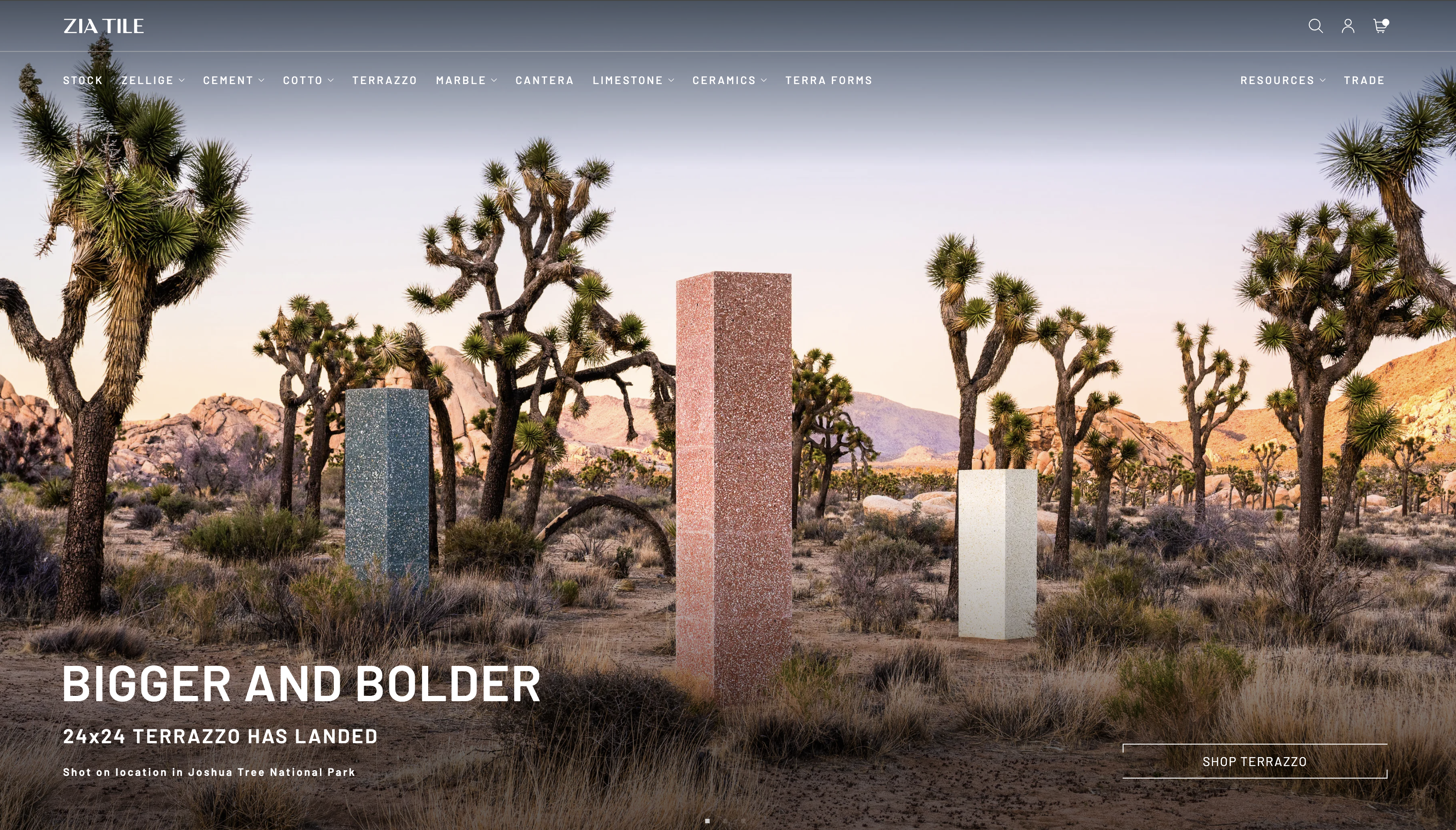At Conspire, we've helped dozens of brands make the leap from WordPress WooCommerce to Shopify - including industry leaders like Zia Tile, a nationally recognized tile brand, and BodyBio, a science-backed supplement company with complex customer flows and wholesale operations. These aren’t plug-and-play businesses. They had custom setups, large catalogs, intricate order logic, and omnichannel strategies - and still made the move smoothly, thanks to Shopify’s flexibility and our hands-on migration process.
If you're considering a migration and want more than a generic post written by an intern - you're in the right place. This article breaks down the technical, financial, and strategic reasons why DTC and mid-market eCommerce brands are increasingly migrating to Shopify from WooCommerce, and how we’ve done it successfully at scale.

Why Shopify Wins (and Why Brands Switch)

1. Lower Tech Overhead and Total Cost of Ownership
WooCommerce might seem inexpensive upfront - it's open-source, after all - but over time, costs stack up: hosting, dev retainers, plugin licenses, patchwork performance fixes. Shopify offers an all-in-one SaaS platform with baked-in security, hosting, and updates. For brands like BodyBio, who were constantly fighting plugin compatibility issues, the reduction in tech headaches alone made the move worth it.
2. Unified Commerce, Done Right
Shopify isn’t just for DTC. It's built for unified commerce: B2B, retail POS, and social sales across TikTok, Instagram, Facebook, Google, Amazon - all under one roof. When we migrated Zia Tile, they were able to run both their trade program and flagship eCommerce store on a single system. This wasn't possible on WooCommerce without duct-taping multiple tools together.
3. Faster Checkout = More Revenue
Shopify’s native Shop Pay checkout converts up to 50% better than guest checkout. Add in multi-address shipping, fraud protection, and built-in tax calculation, and you have a conversion machine. For our clients, the impact is measurable - we’ve seen lifts in both mobile checkout completion and AOV just from removing friction. Shopify has the best conversion optimized checkout in eCommerce, period.

4. Best-in-Class App Ecosystem
Instead of cobbling together third-party tools that may or may not play nicely with each other, Shopify has a mature ecosystem of apps (like Klaviyo, Recharge, Okendo) built to integrate natively. These apps get automatic updates, unlike many Woo plugins that break with each core update. For high-volume stores, that means less downtime and fewer emergency dev hours.
5. Built to Scale
We work with brands doing $5M to $40M+ in annual revenue. They need speed, reliability, and long-term scalability. Shopify’s infrastructure handles traffic spikes, large catalogs, international selling, and B2B pricing tiers without needing to manually upgrade servers or tweak caching settings. WooCommerce just doesn’t scale as cleanly.
Gym Shark (not our client) is an $1.45 billion dollar eCommerce giant, powered by Shopify!
Real Migrations, Real Results
When we migrated Zia Tile from WooCommerce to Shopify, we had to preserve hundreds of blog posts and SEO-heavy landing pages while rebuilding a shopping experience that could handle visual browsing, trade accounts, and sample orders. Shopify not only supported this, but let us enhance it - adding dynamic filtering, shoppable inspiration galleries, and POS sync for their physical showroom.
BodyBio needed even more complexity - they sell supplements based on specific health protocols. We migrated them from a fragile WooCommerce setup to Shopify, rebuilt their subscription flows using native Shopify tools and apps, and helped launch a gated wholesale portal that links seamlessly with their DTC side.
These aren’t cookie-cutter stores - and yet Shopify supported every nuance. Better yet, they now require less maintenance and fewer dev resources to keep running smoothly.

Common Migration Concerns (and How We Handle Them)
-
SEO Preservation: We handle 301 redirects, preserve meta titles and descriptions, and recreate the URL structure where possible. Clients often see SEO improve post-migration thanks to better performance and cleaner code.
-
Data Migration: Products, customers, order history - it all comes over. We handle custom fields, metafields, and variants cleanly.
-
Custom Features: We audit your WooCommerce plugins and match them with native Shopify functionality or recommend best-in-class apps. For edge cases, we build lightweight custom functionality using Shopify Functions or app extensions.
- We'll Build Your Shopify Website: Our Shopify Guided Builds can give you a beautiful conversion optimized website it a matter of days after the migration. If you want something more custom crafted like Zia or BodyBio, our signature custom builds allow us to take a deeper dive into your online strategy and deliver a site that makes an even bigger statement.
Ready to Make the Move?
We’ve migrated WooCommerce stores with thousands of SKUs, custom customer logic, headless setups, and messy plugin dependencies - all to clean, fast, scalable Shopify builds.
If you're looking for more than a tool - if you want real migration partners who’ve done it for some of the most respected brands in eCommerce - let’s talk.
TL;DR: Why Switch from WooCommerce to Shopify?
-
Lower maintenance costs
-
Built-in security and hosting
-
Unified DTC + B2B + POS + Social selling
-
Best-in-class checkout (Shop Pay)
-
Seamless integrations
-
Scales with your growth
Let us help you move without the mess. Conspire is your Shopify migration partner.









Custom Shopify Themes: When to Build Your Website From Scratch
Shopify Analytics Showdown: Northbeam vs Triple Whale vs Elevar